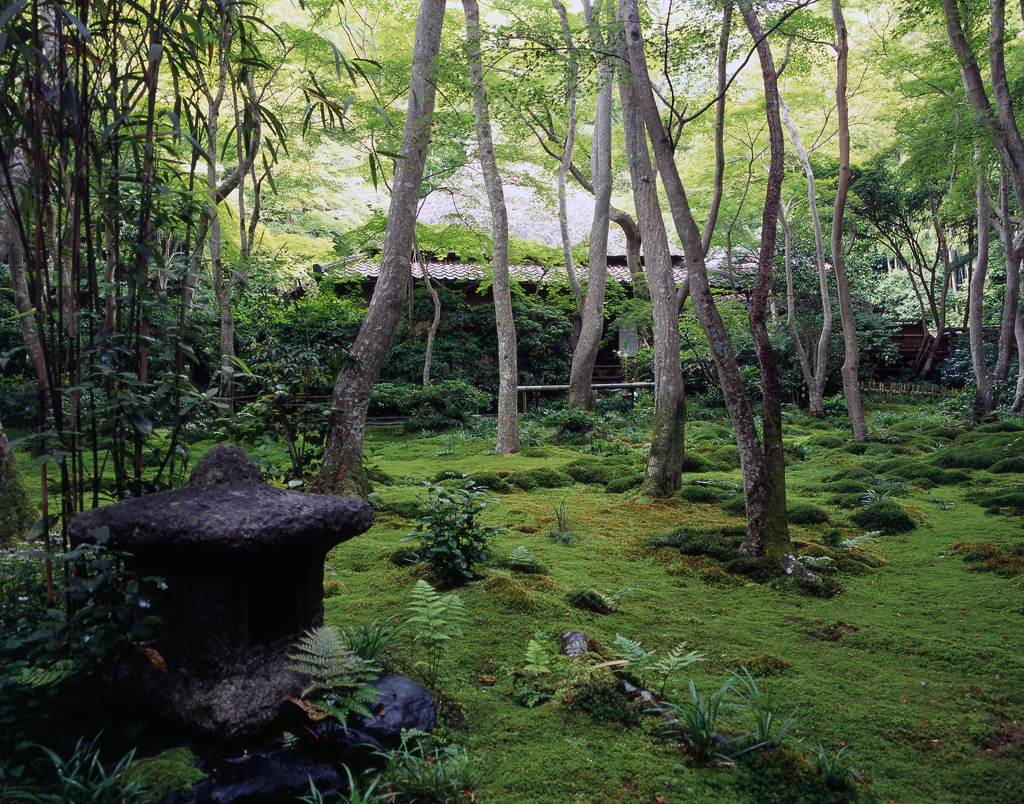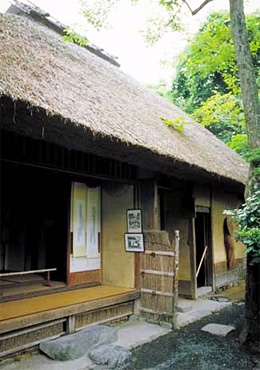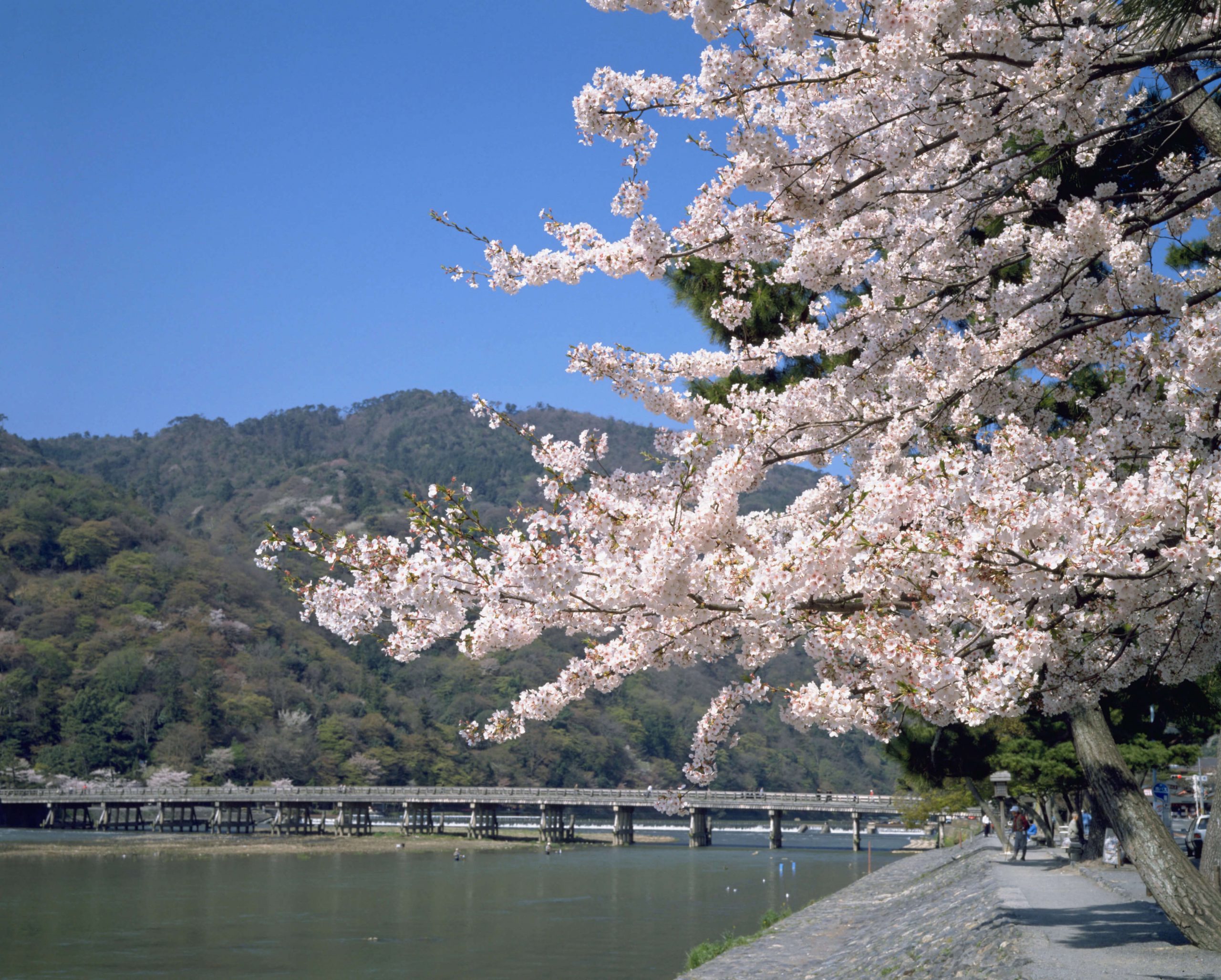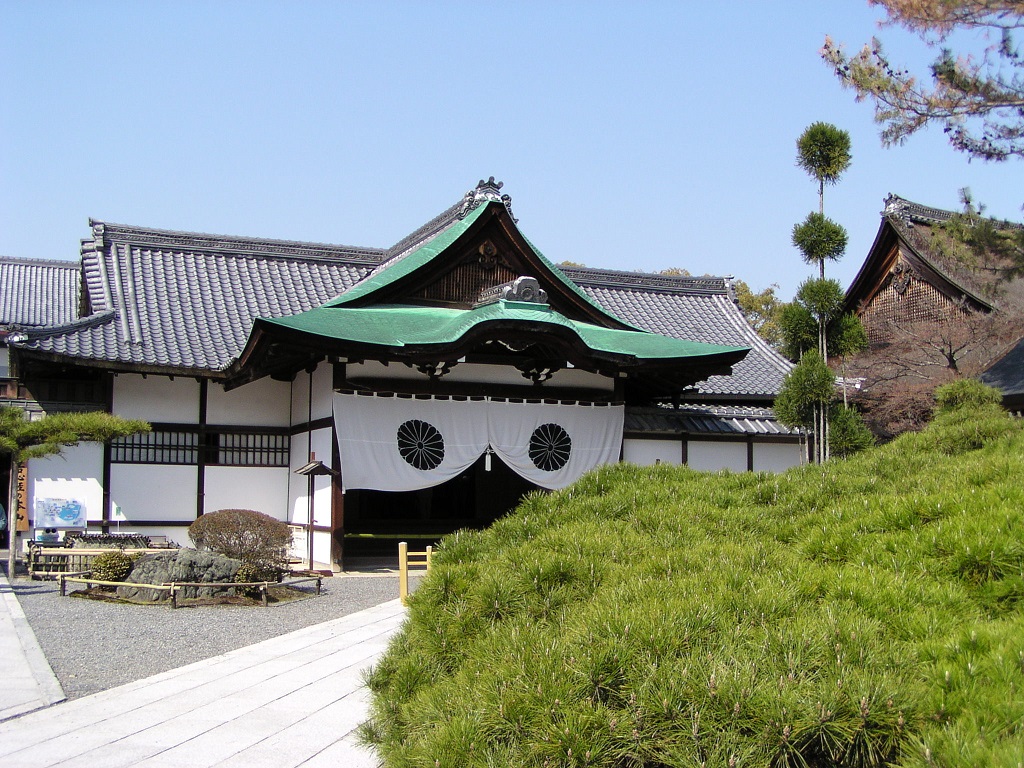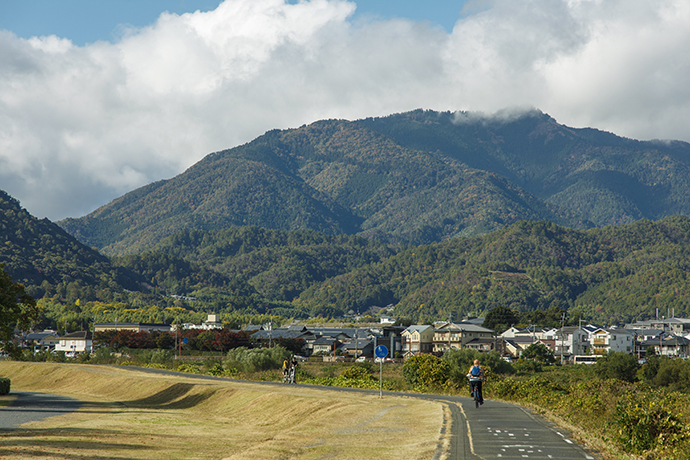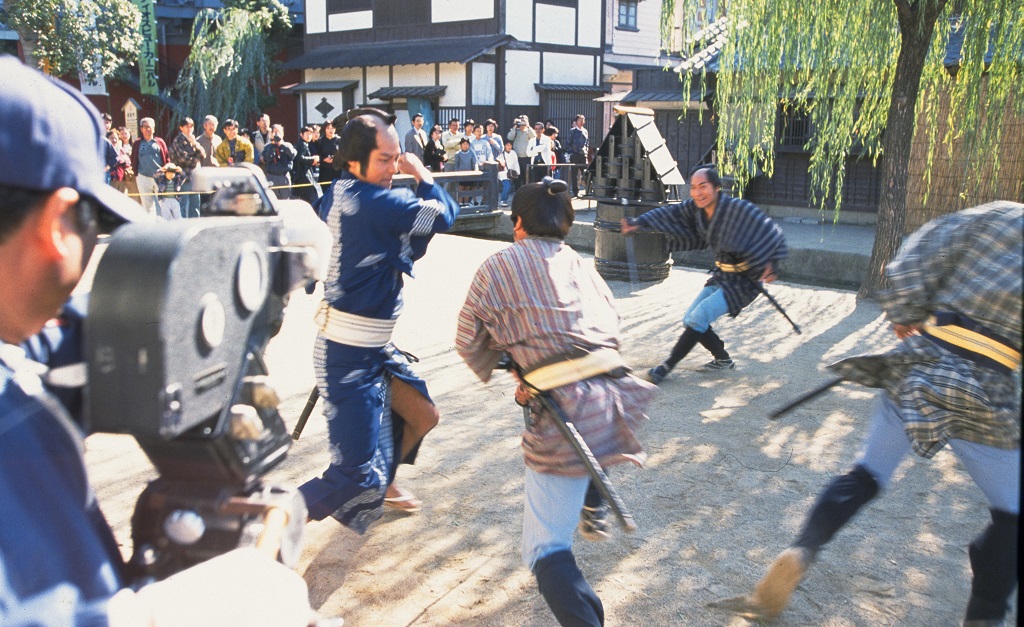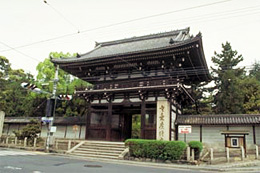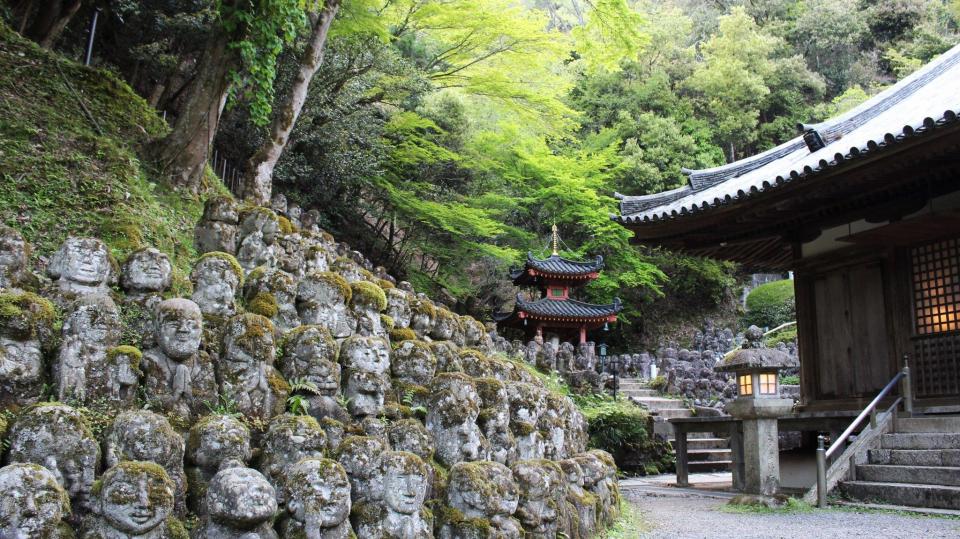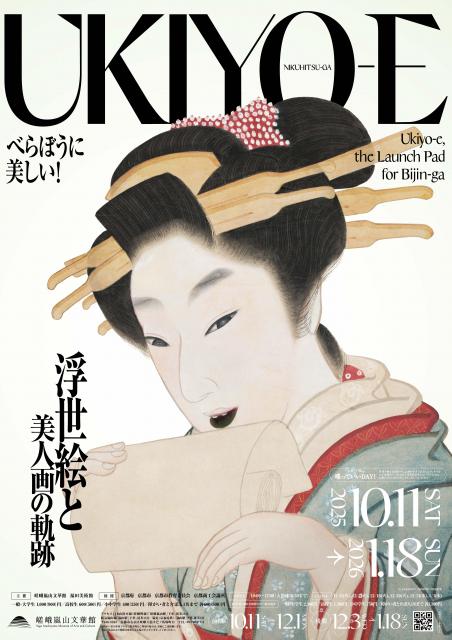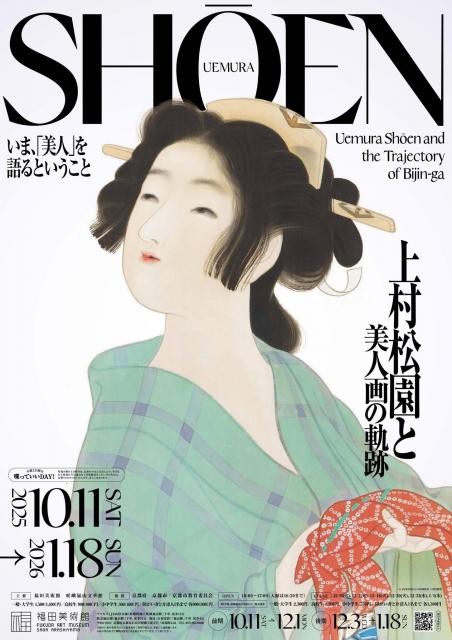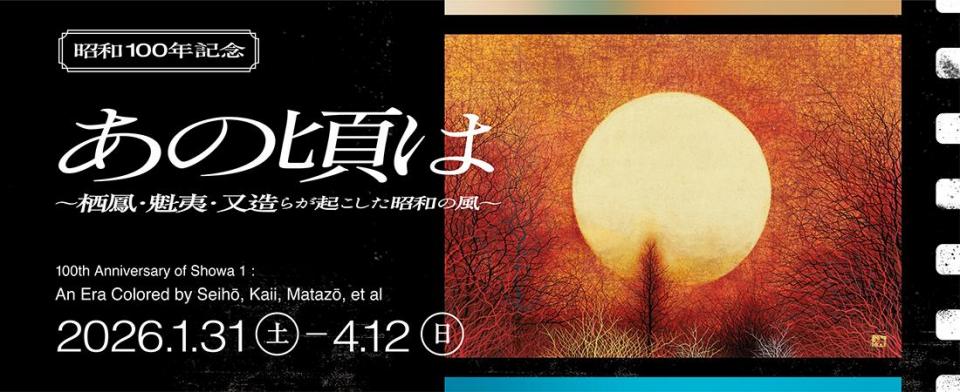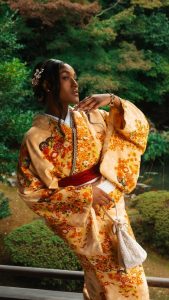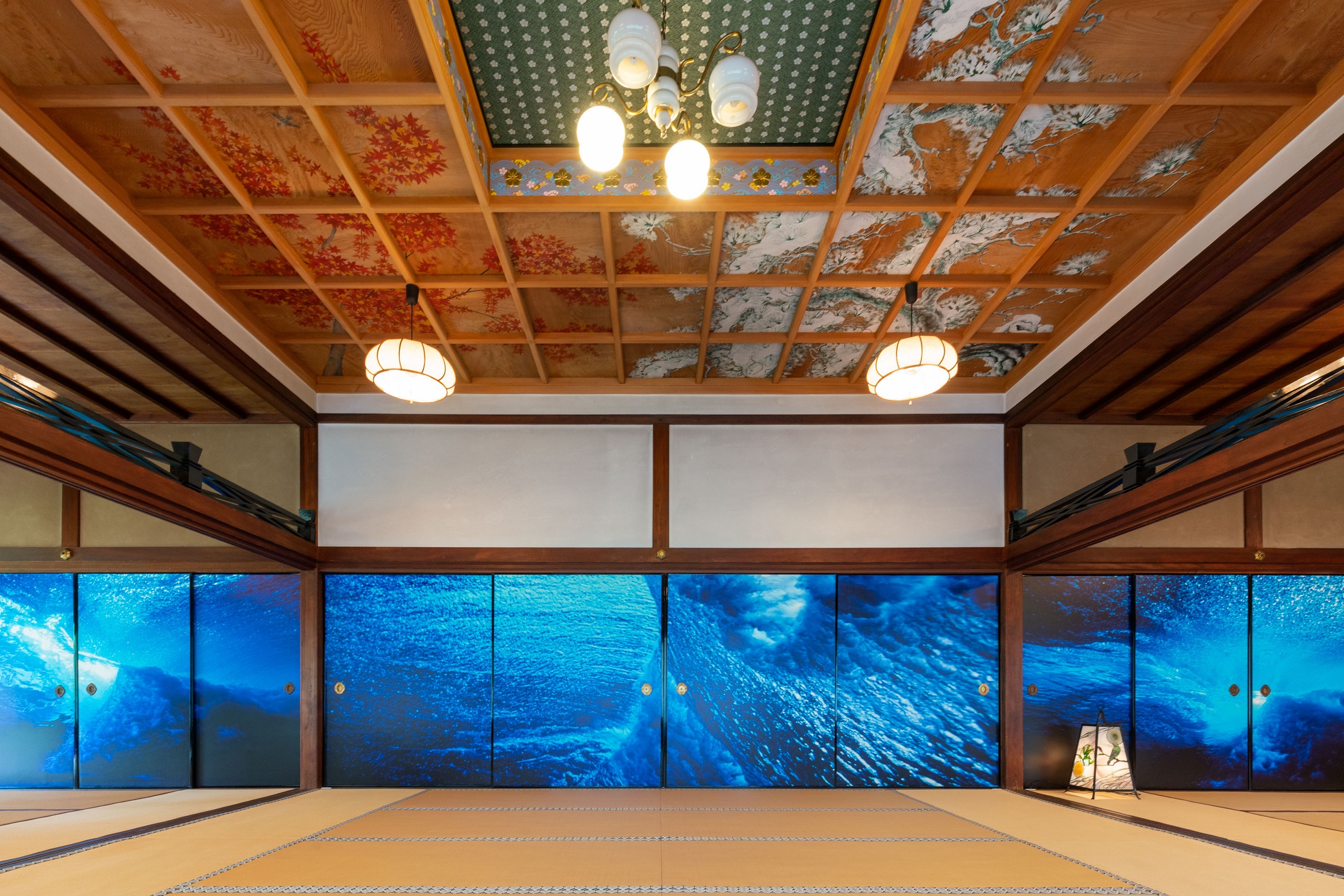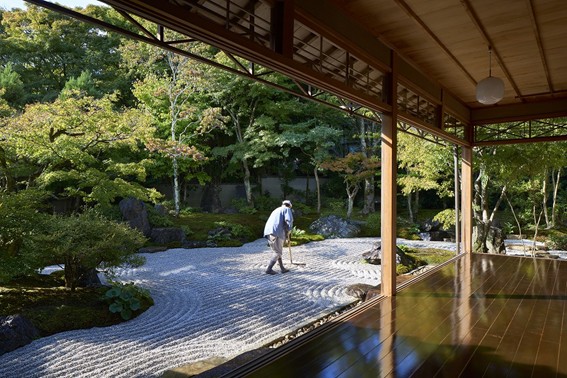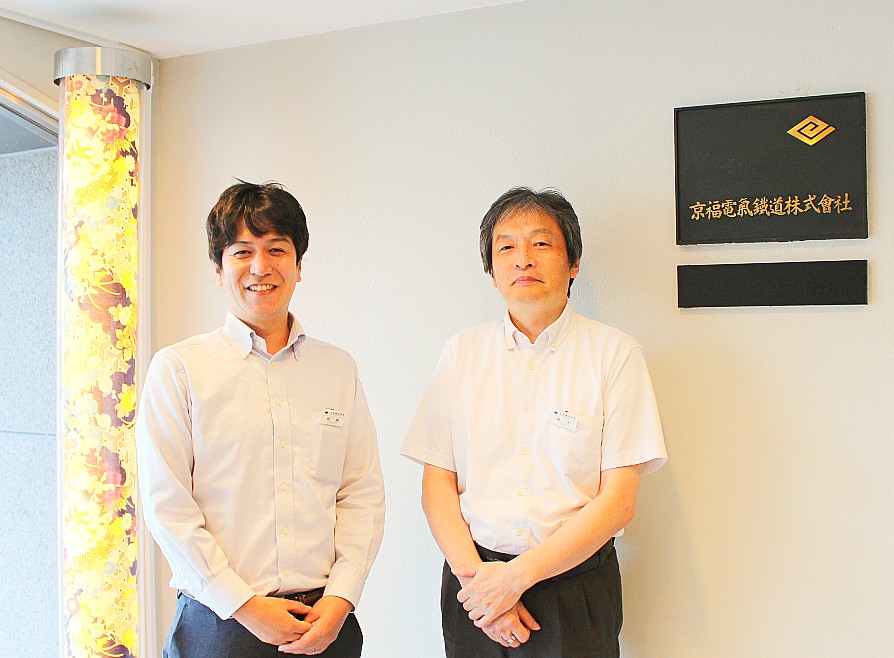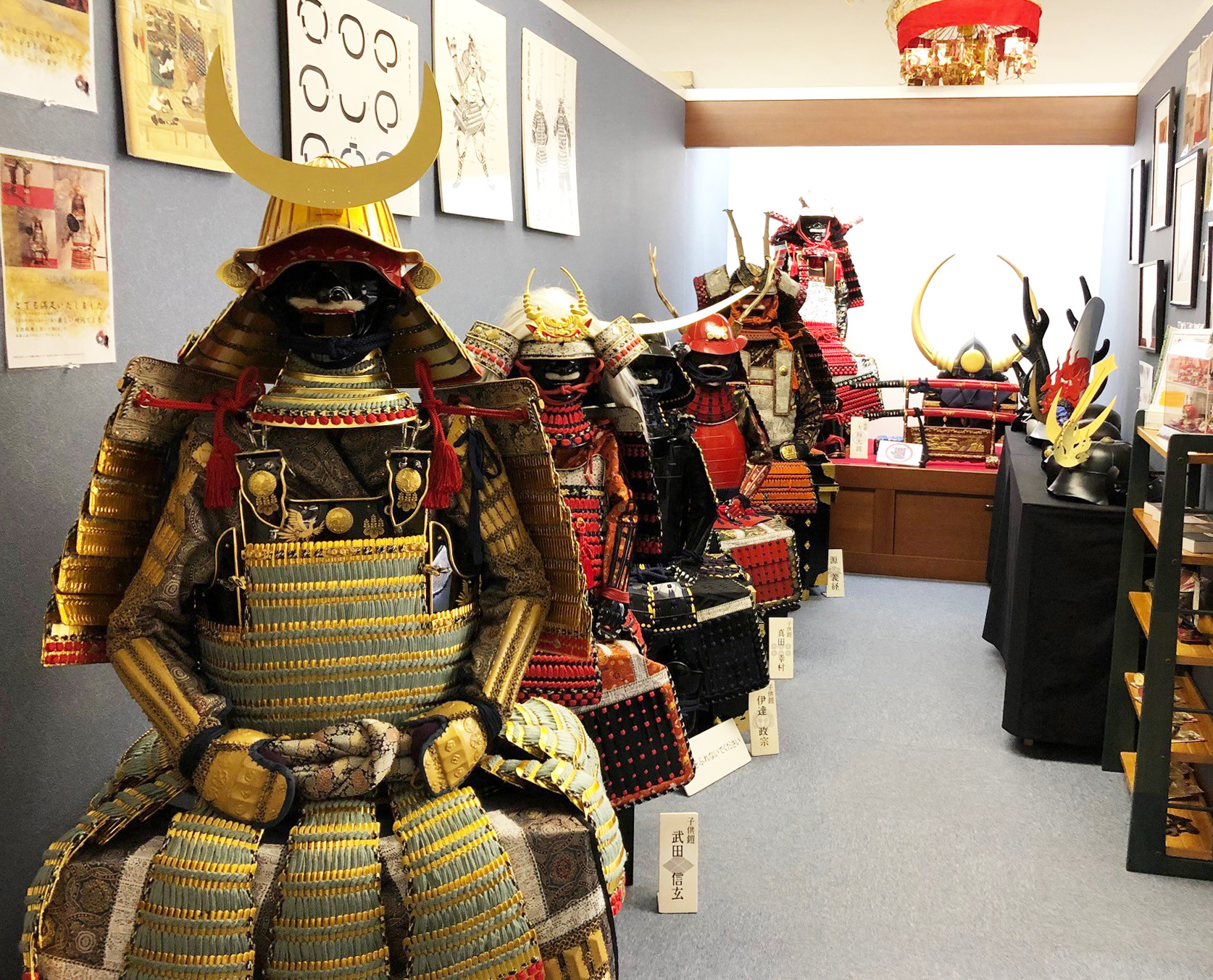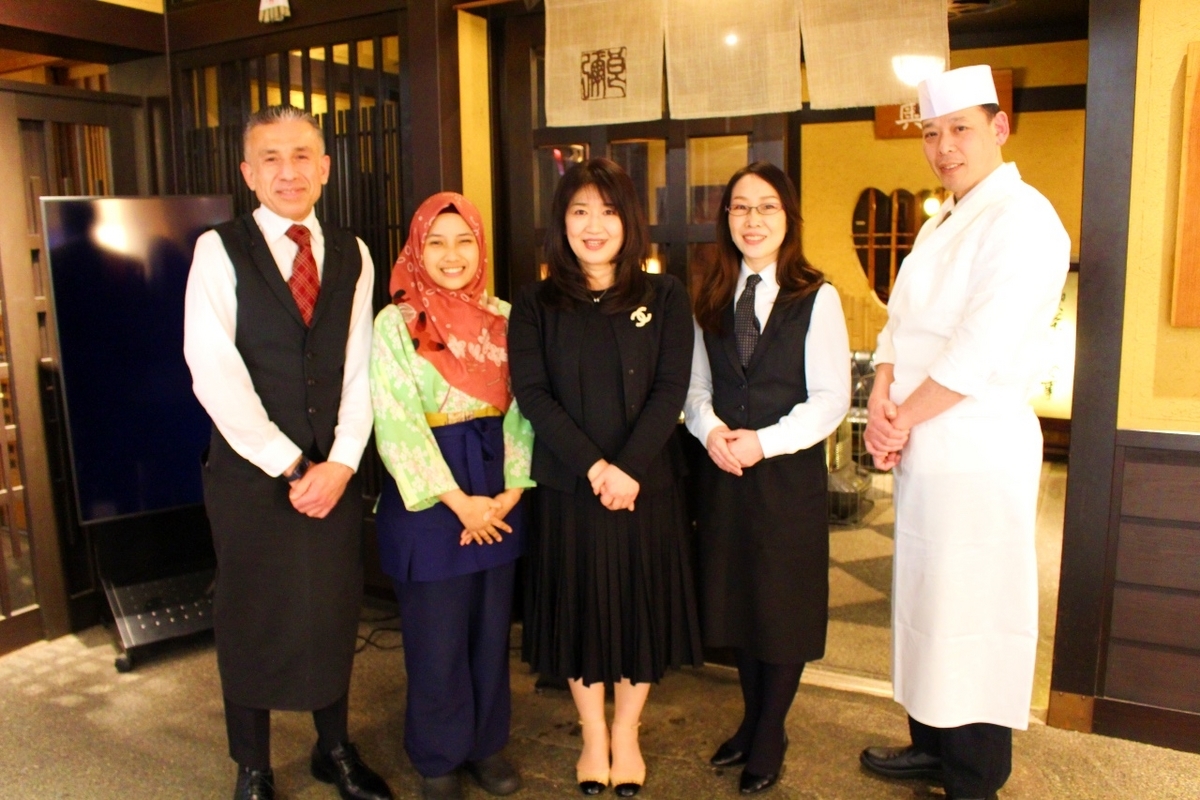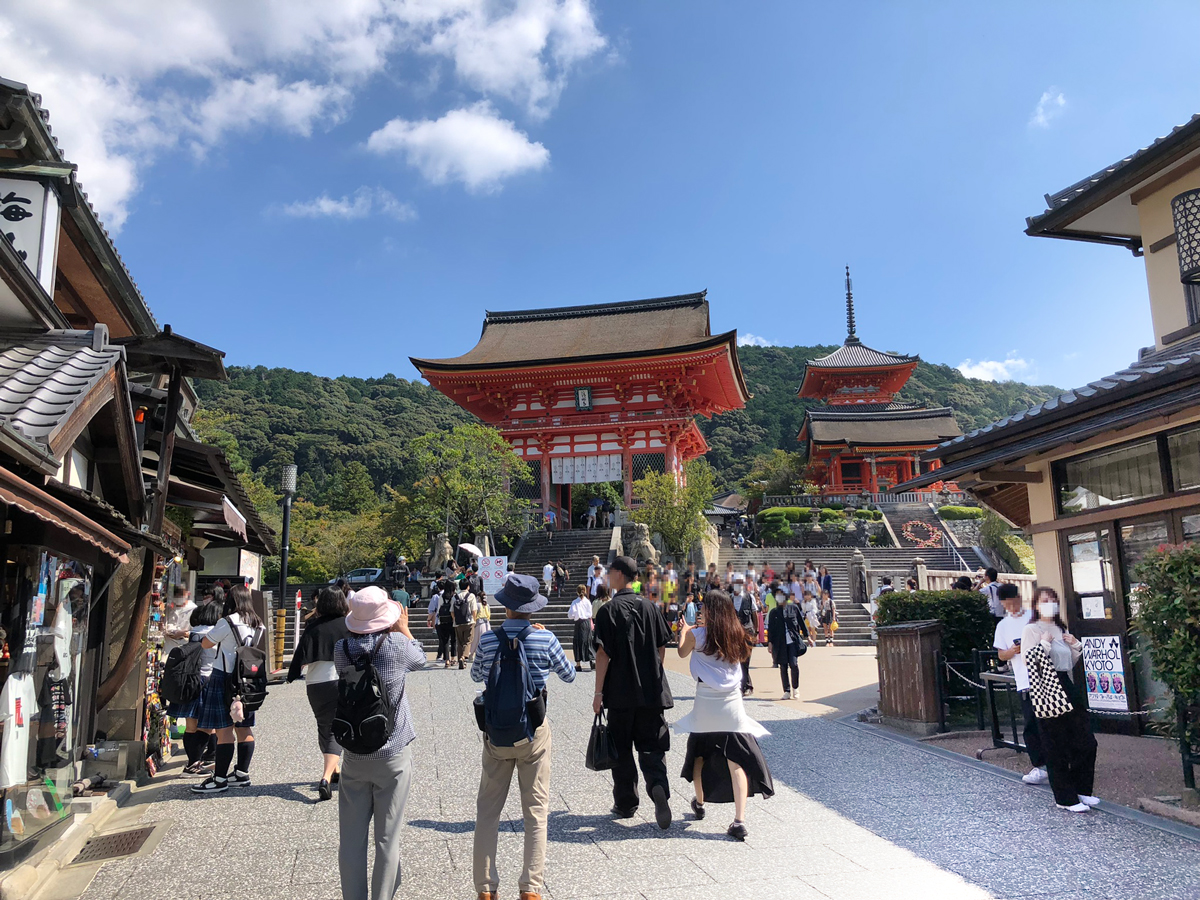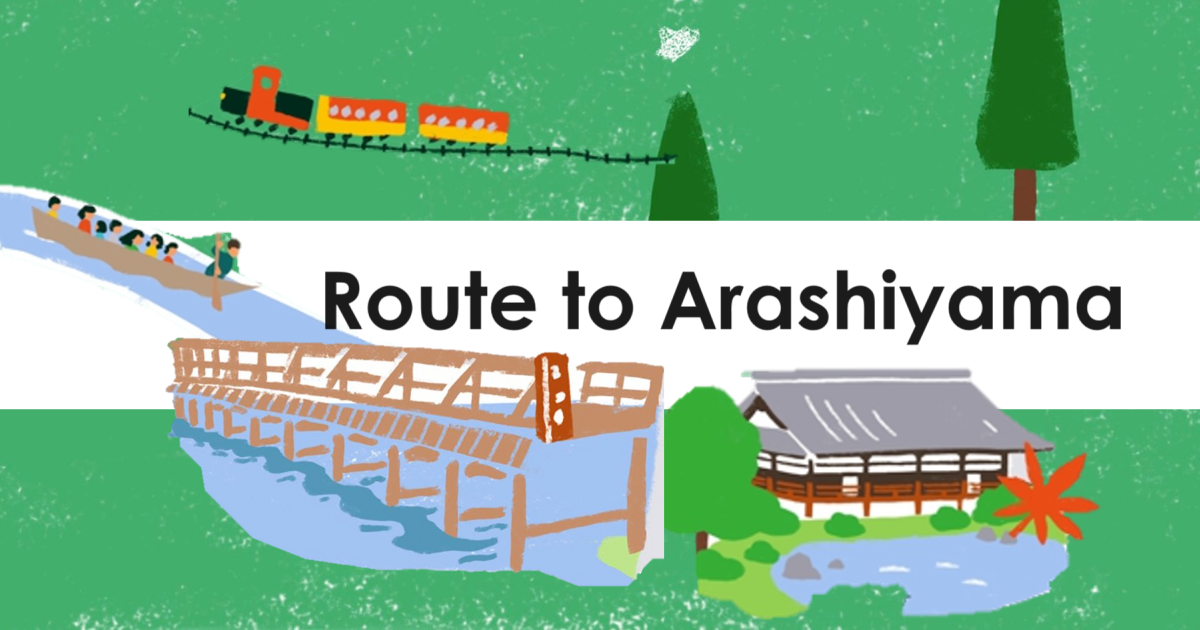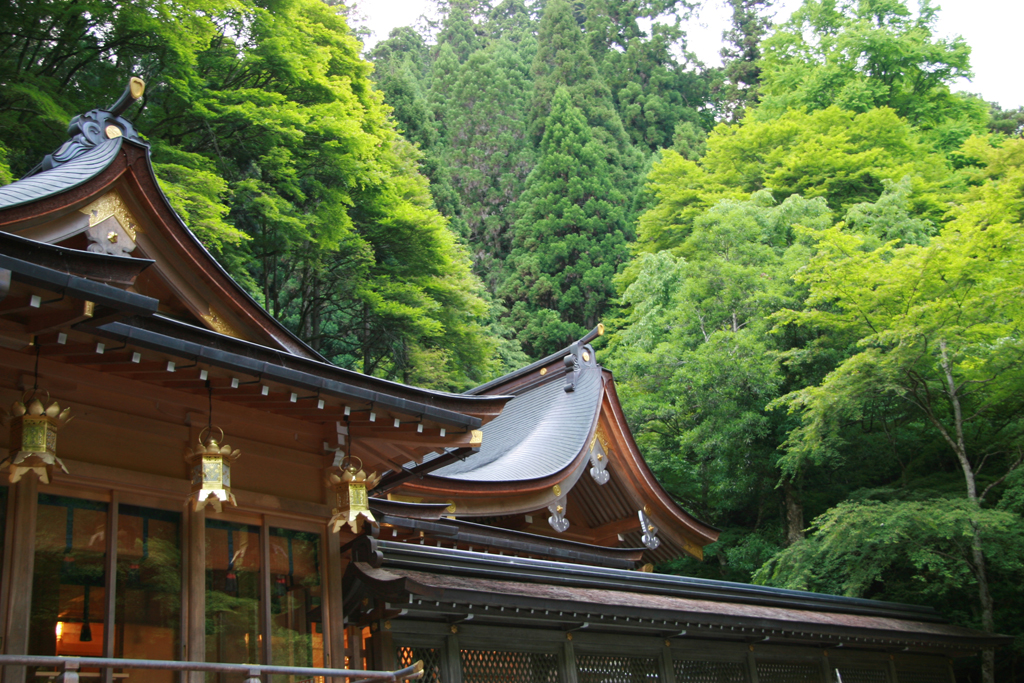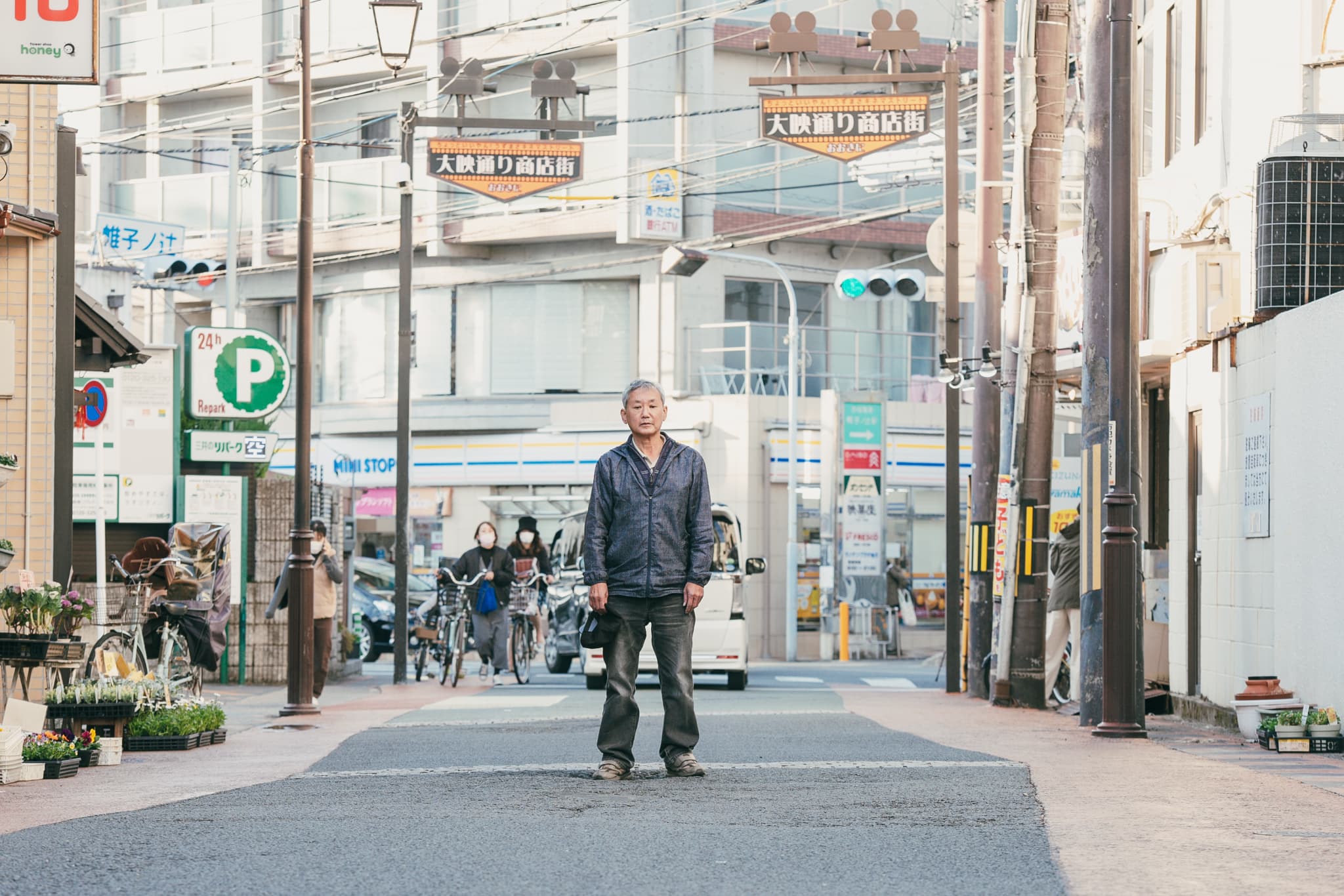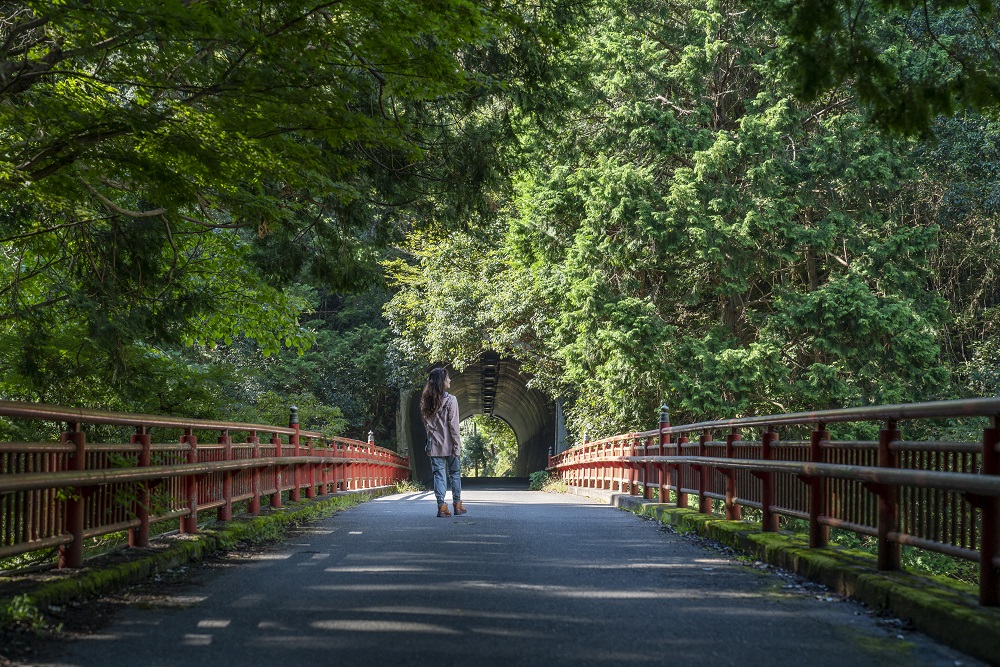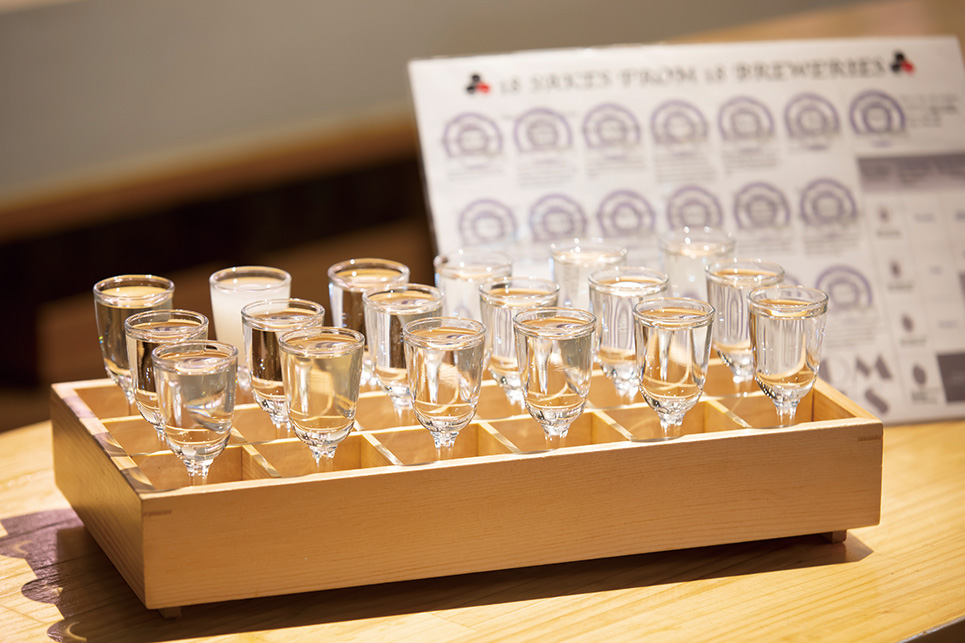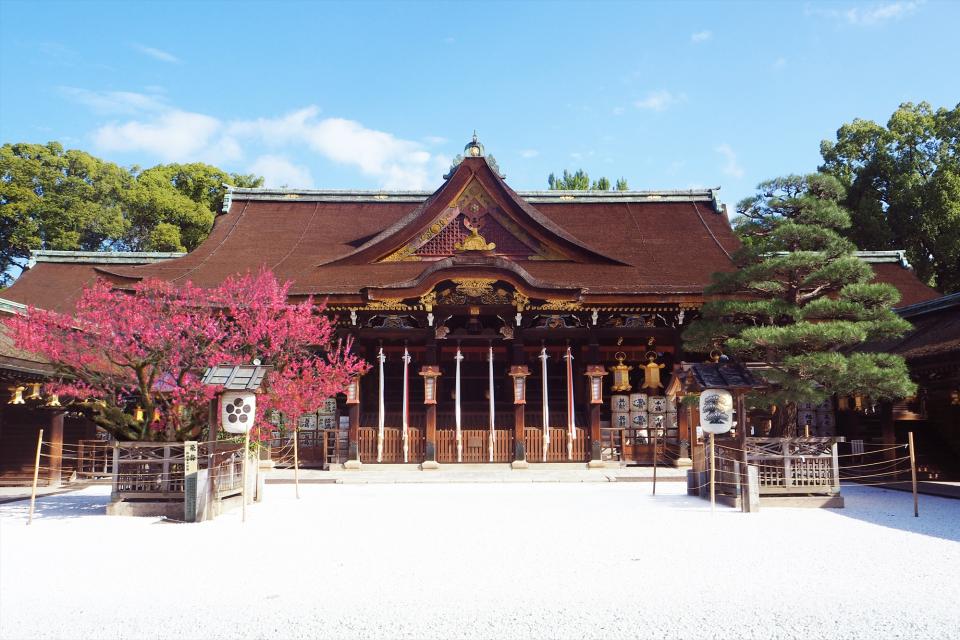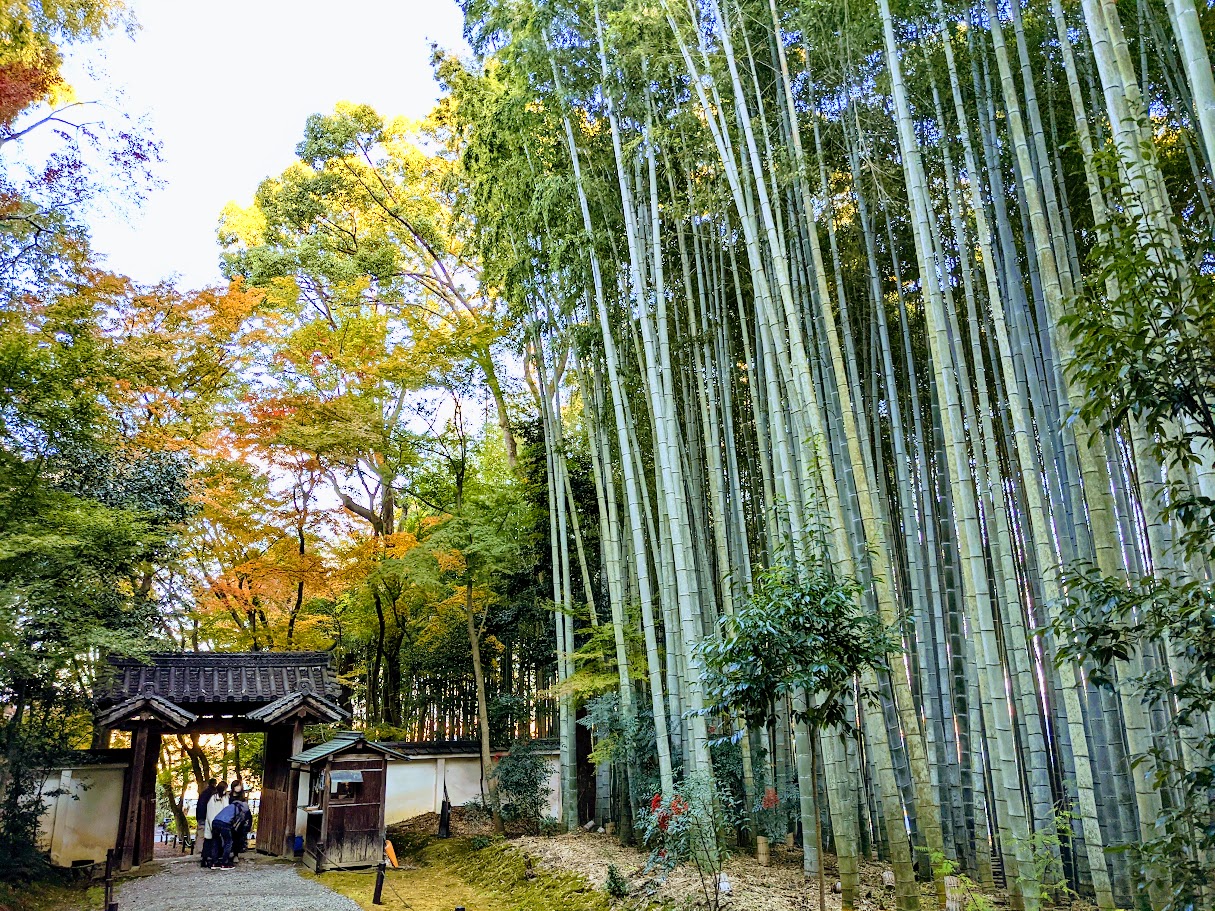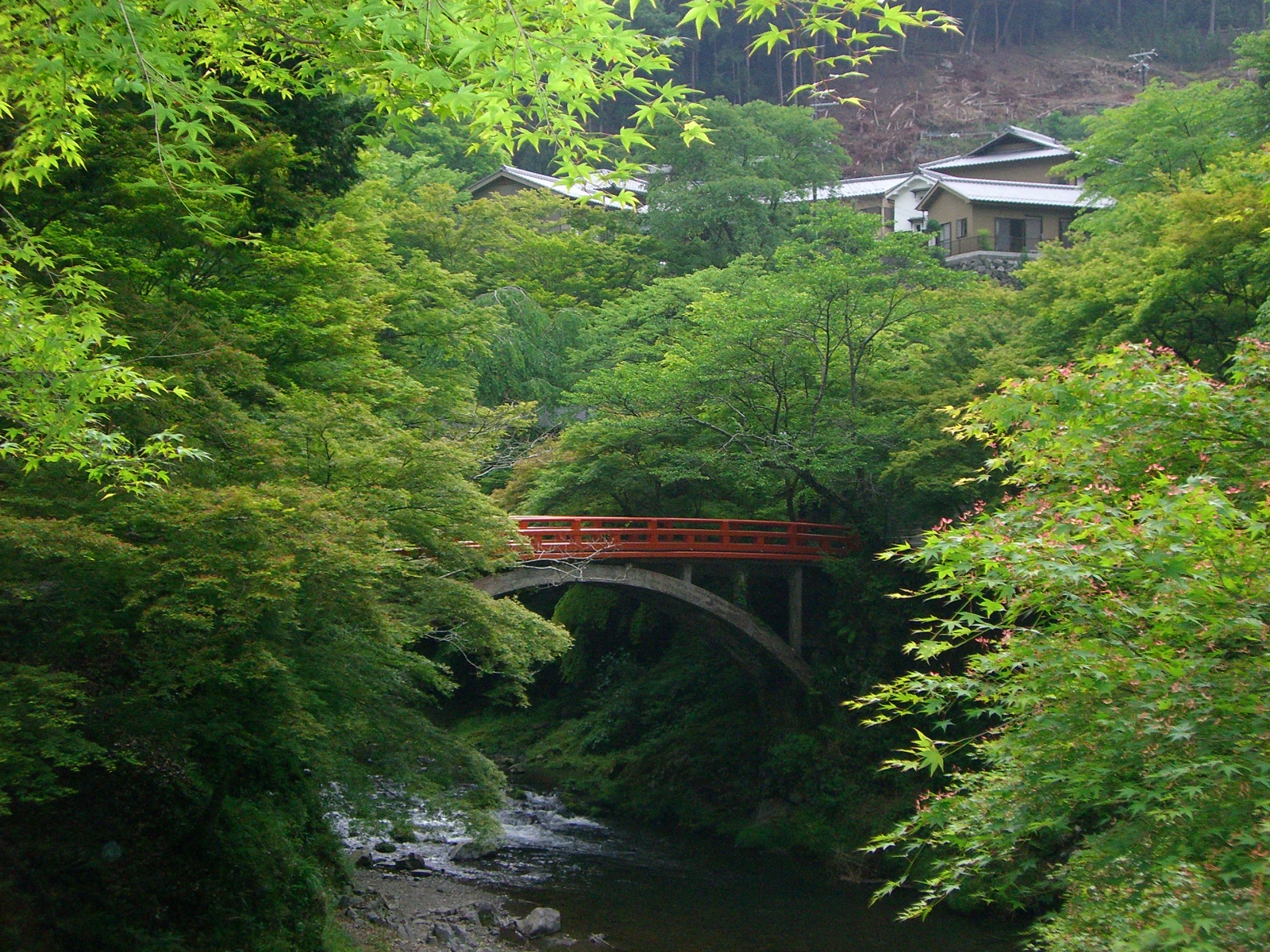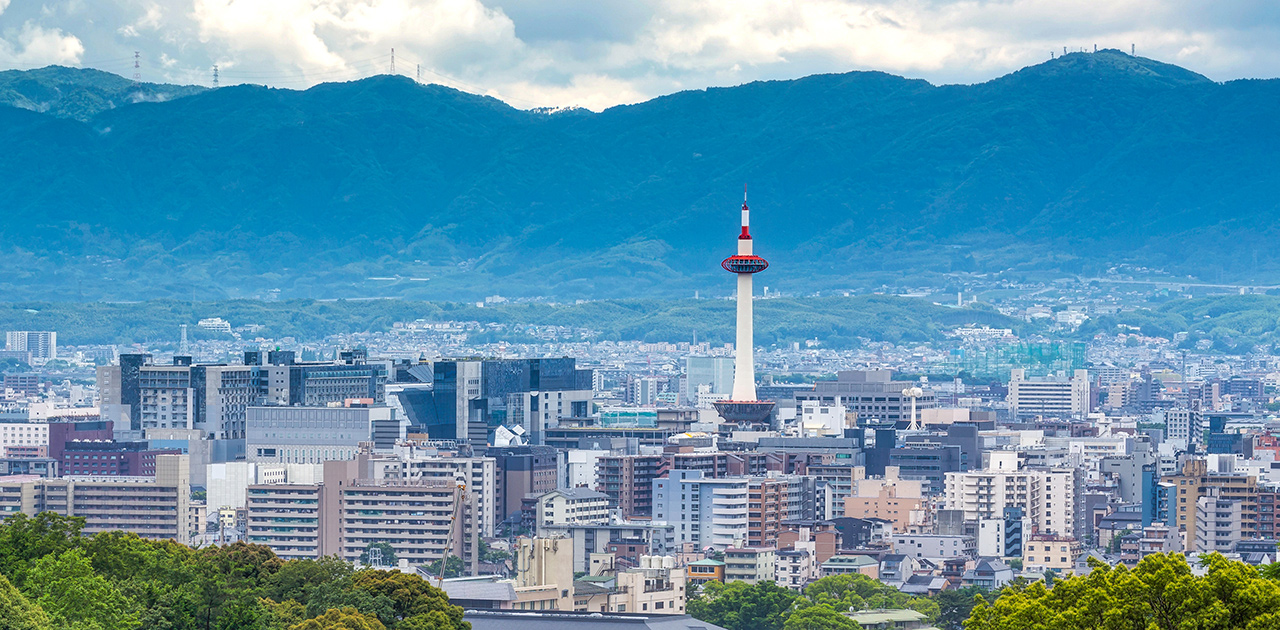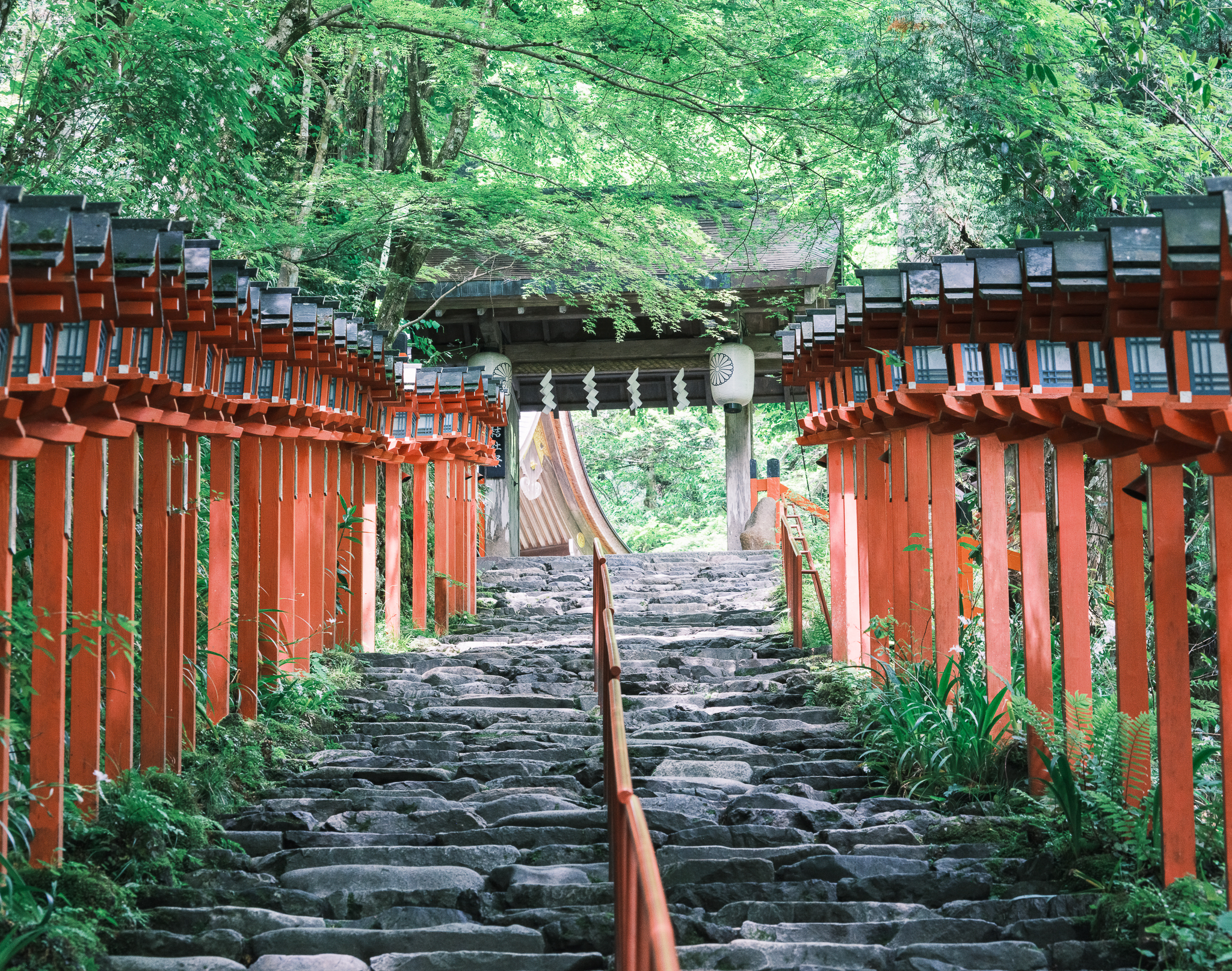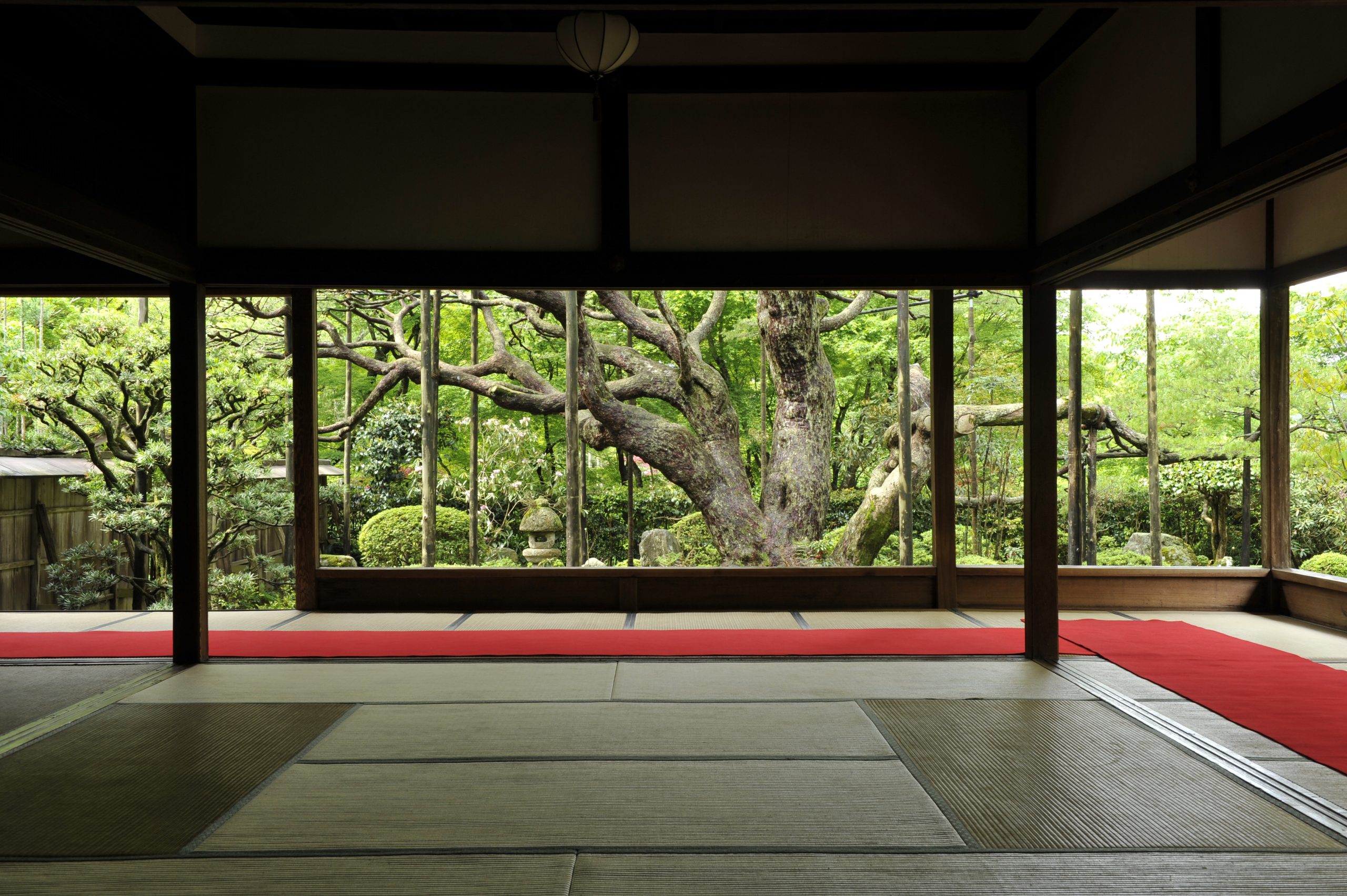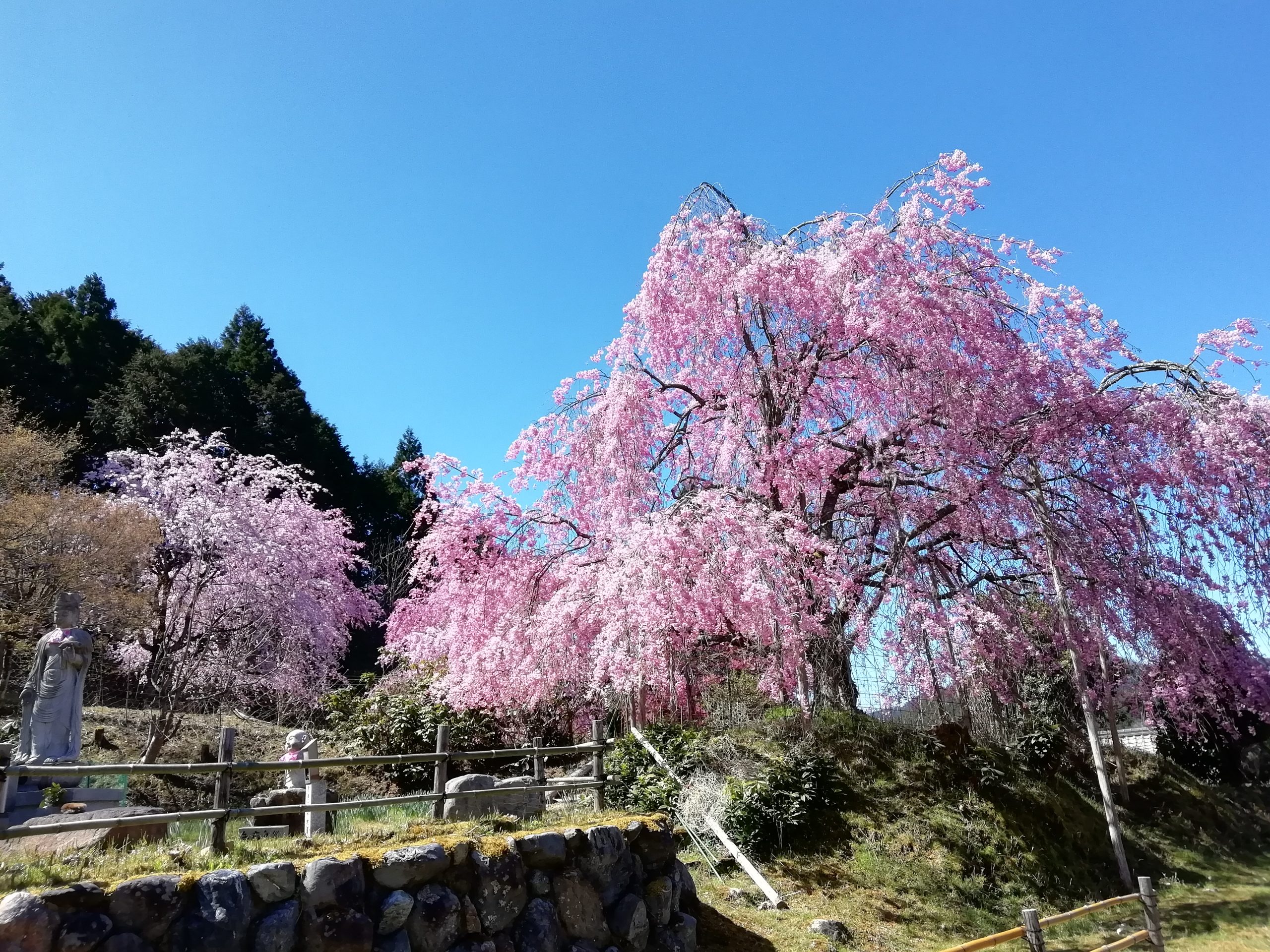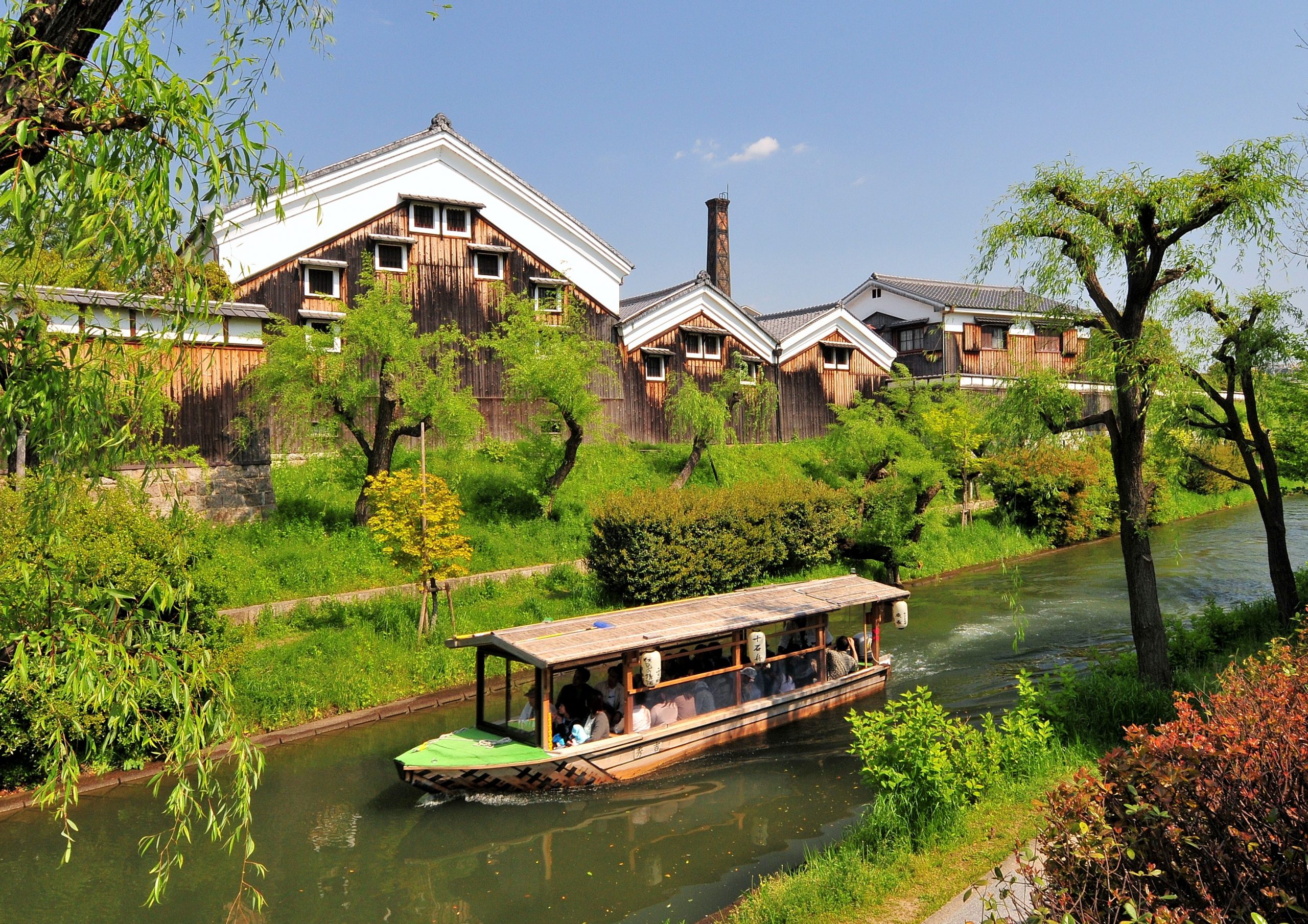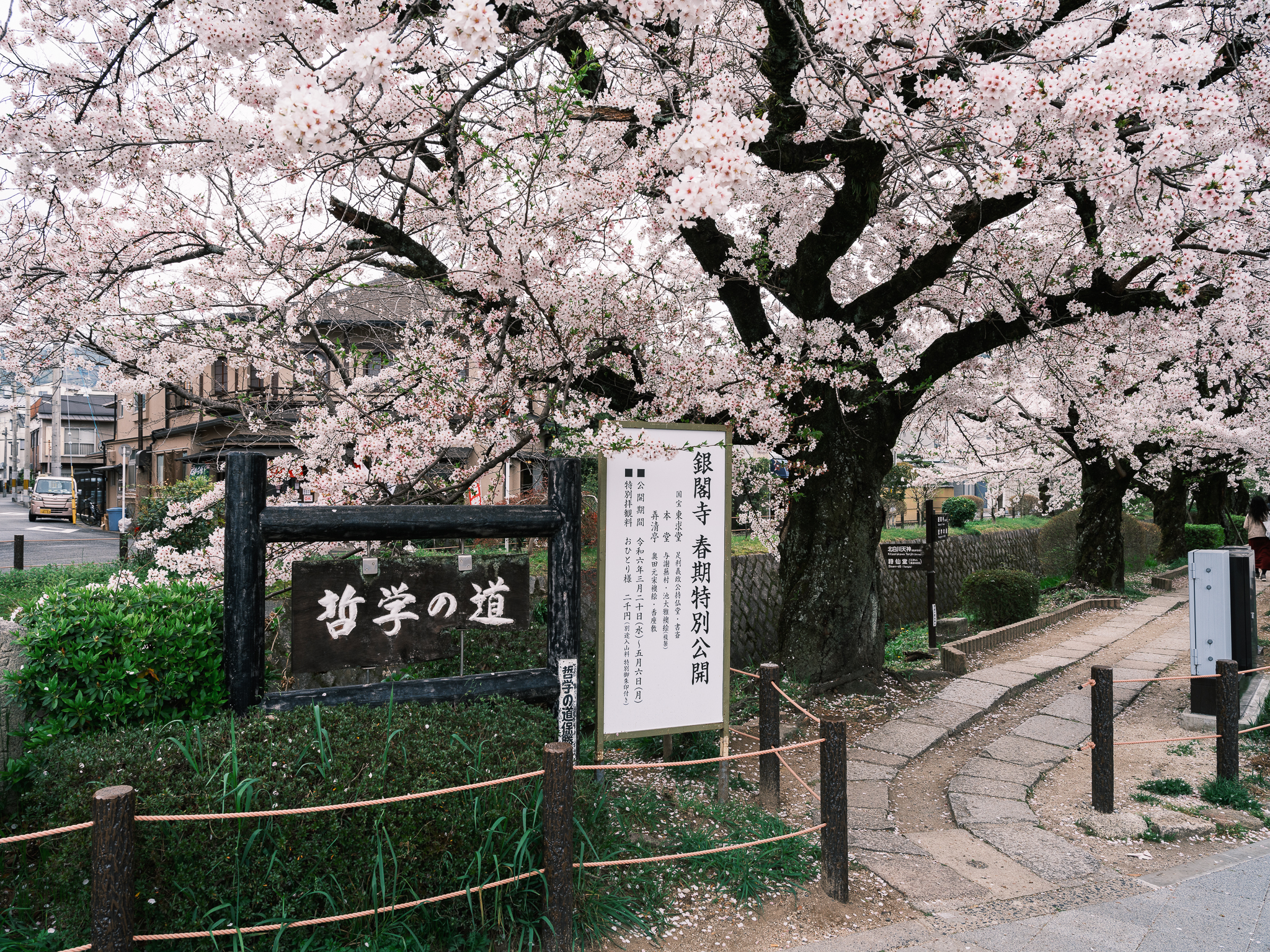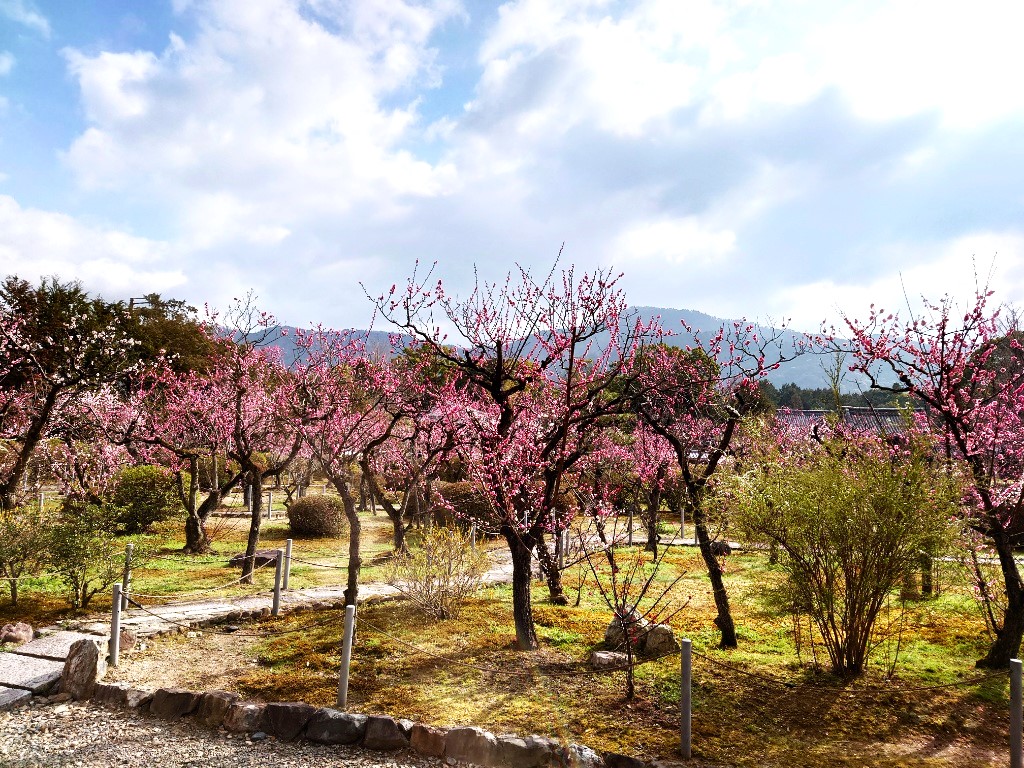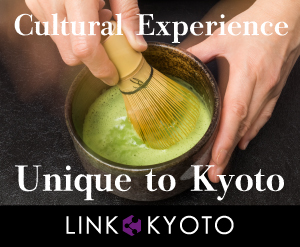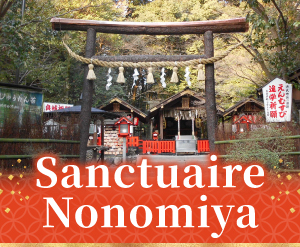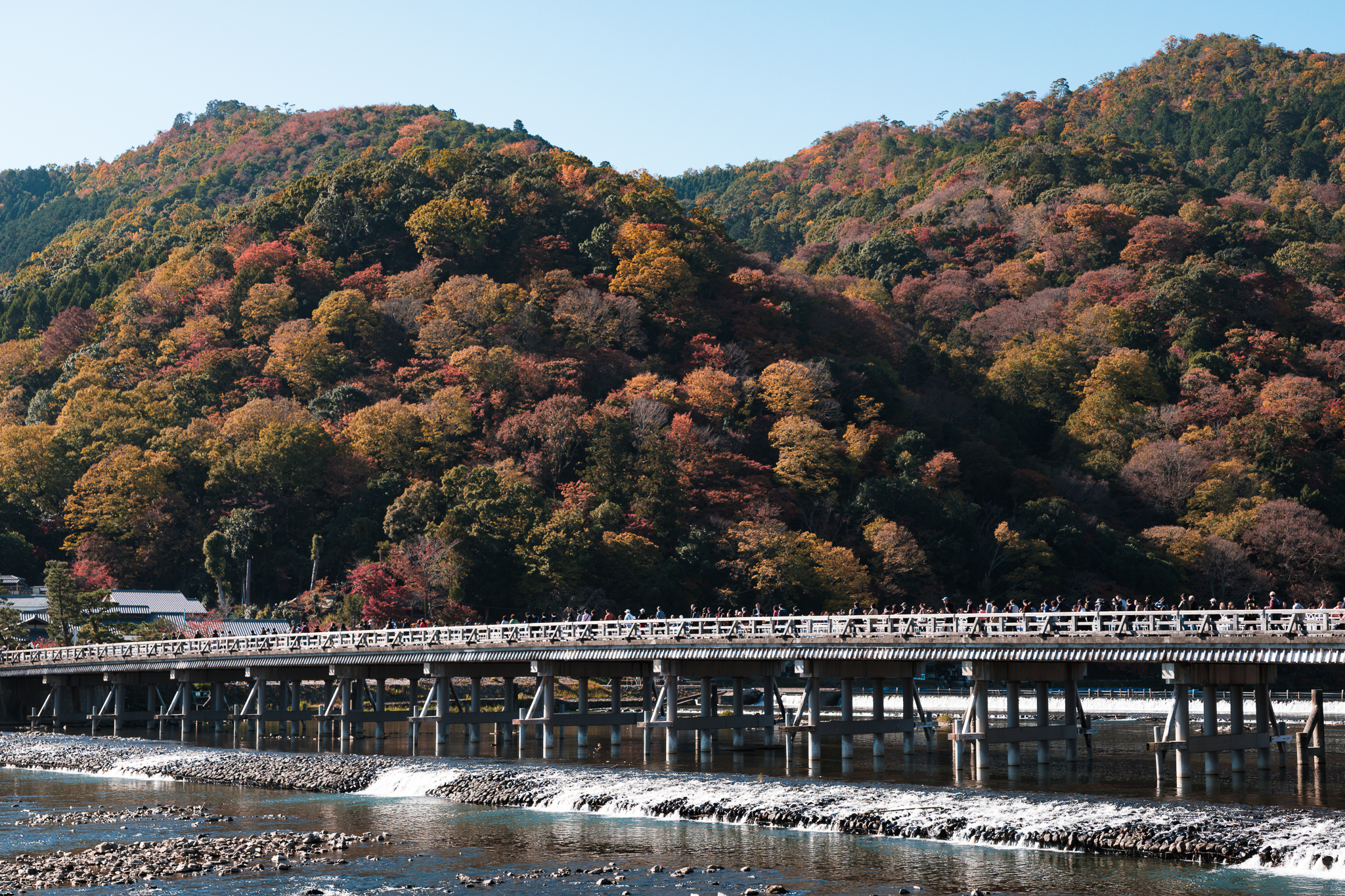
Située au nord-ouest de la ville de Kyoto, la zone de Saga/Arashiyama est célèbre pour la forêt de bambous d’Arashiyama et le pont Togetsu-kyo, toujours bondés de personnes essayant de prendre les meilleures photos possibles. Cependant, saviez-vous que derrière les sites touristiques populaires se trouve une zone de trésors cachés ?
Le nom de cette zone est Okusaga. Son paysage paisible rappelle l’époque où les gens allaient et venaient, et l’empereur Saga chérissait le paysage idyllique et la tranquillité de cette région.
Les maisons de thé près de la porte torii s’appellent Tsutaya et Hiranoya. Ce sont tous deux des restaurants avec une histoire de 400 ans , et ils sont célèbres pour leurs plats à base d’ayu. Vous pouvez faire une pause avec du thé et des sucreries sur le banc devant la boutique.
Comment se rendre dans cette zone
Conseils
Note
Des graffitis gravés au couteau ont été découverts sur certaines tiges de bambou dans l’un des sites les plus populaires de Kyoto, la bambouseraie d’Arashiyama. Les tiges de bambou endommagées ne pouvant être restaurées à leur état d’origine, elles doivent être coupées et éliminées.
Nous souhaitons préserver le magnifique paysage de la région d’Arashiyama, apprécié par le public venu du monde entier. Nous demandons donc à chacun de ne pas commettre de tels actes.
